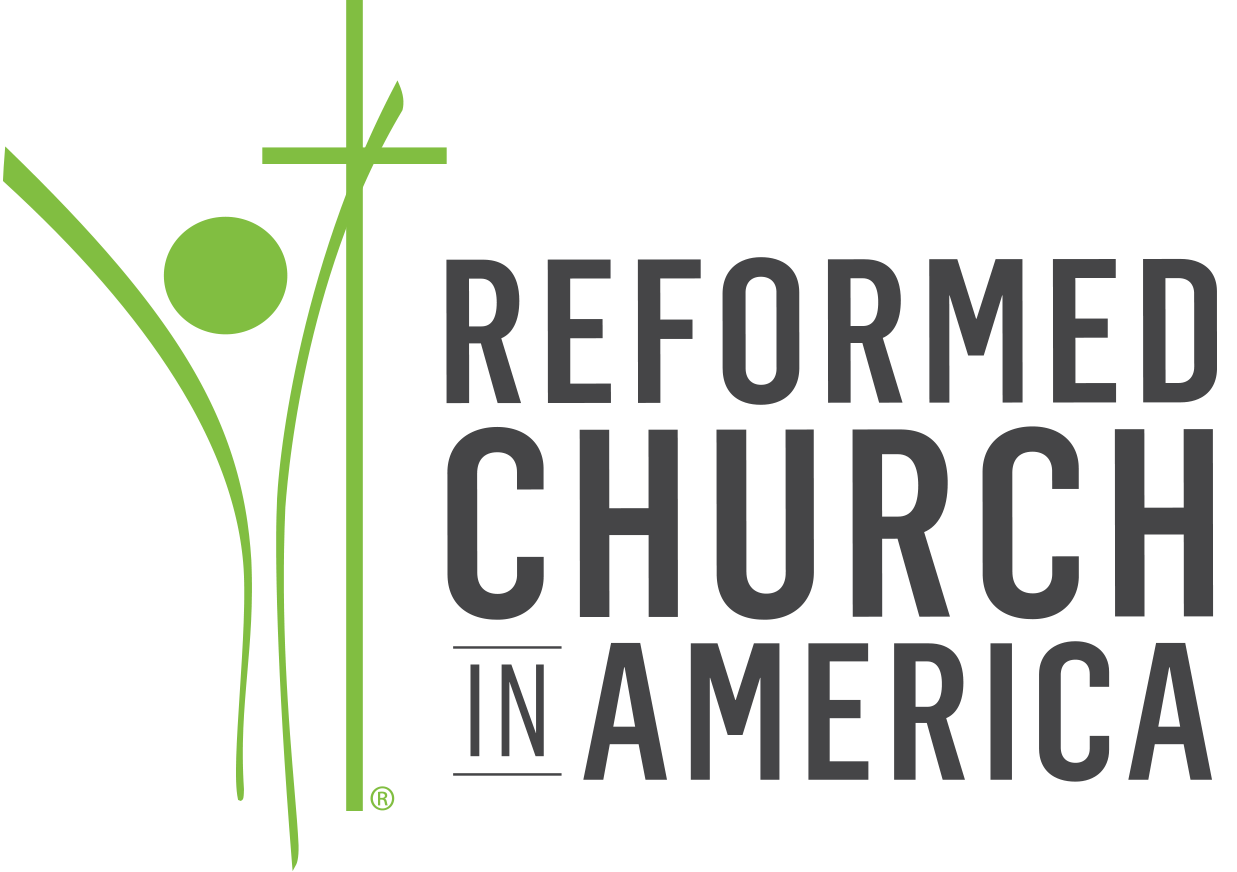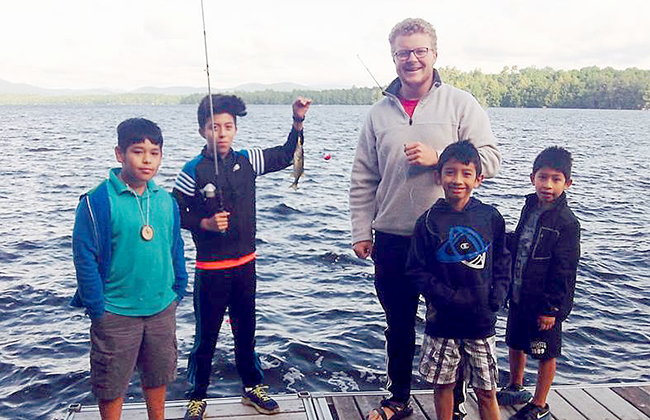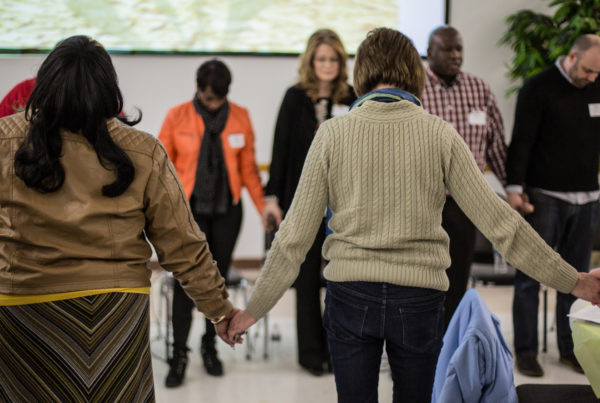What does a bilingual summer camp program look like? At Camp Fowler, it was life-changing.
By Ian Michalski
¡Bienvenidos a Camp Fowler! Welcome to Camp Fowler!
In the summer of 2015, this Spanish greeting became a central part of an emerging bilingual program at Camp Fowler. This is one example of how we have begun to expand our summer program to better serve minority communities. While Camp Fowler has always welcomed campers from diverse racial, ethnic, and linguistic backgrounds, a new partnership in 2015 brought us one step closer to our goal of being a camp that better reflects the United States in the 21st century.
In June 2015, Camp Fowler welcomed a group of 30 youth and 15 adult volunteers from El Buen Pastor Latino Community Services of Winston-Salem, North Carolina, for one week of hiking, swimming, canoeing, archery, and games on the meadows. This community is largely made up of Mexican immigrant families and their children. Some of these children and young adults were born in Mexico and others in the U.S., but all of them speak both Spanish and English.
What does a bilingual summer camp program look like? The form ours took came about because of the varying language abilities of the campers, the adult volunteers who accompanied the group, and our staff. Most of the youth from El Buen Pastor were both bilingual and very proficient in English, largely due to schooling in the U.S. Most of the adult volunteers spoke little English. And few of our summer staff spoke Spanish. So our program focused on accommodation and cross-cultural awareness.
Accommodation means that we incorporated Spanish into our programming and interactions when it was necessary to effectively communicate important information like safety instructions and other procedures and rules, and as an option for those that felt more comfortable communicating in Spanish. To meet these needs, we relied on the language skills of our bilingual program coordinator and our other bilingual camp staff.
The second piece to our program initiative was cross-cultural awareness. All of the campers and volunteers from El Buen Pastor live between two worlds: a Spanish-speaking Latino culture and an English-speaking Anglo-American one. Therefore, in our programming we sought to facilitate moments of cultural exchange and of sharing traditions. One such moment was when the adult volunteers shared stories of celebrating various Christian holidays in Mexico, as well as the ways in which they adapt those traditions to a U.S. context and also incorporate new traditions from the U.S. Through moments like these, we shared many special moments and learned so much together.
For most of us at Camp Fowler, our week of bilingual summer camp with El Buen Pastor was perhaps our most profound week of the summer. By working alongside a warm, loving, and vibrant community, we saw camp through fresh eyes and listened to camp unfold in a new language. While El Buen Pastor did not join us this summer, we are planning for them to return next summer. In the meantime, we are developing our bilingual preparedness by translating brochures, camper applications, and signs around camp. Our hope is to create a space that is more welcoming and inclusive of the Latino community. Incorporating Spanish is of course simply a first step. In the years to come, we may very well be led to include other cultural and linguistic groups.
Ian Michalski is on staff at Camp Fowler in Speculator, New York.





